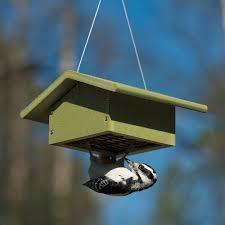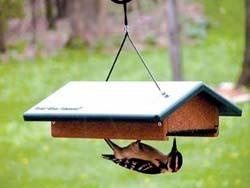Cylinder
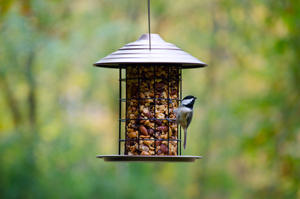
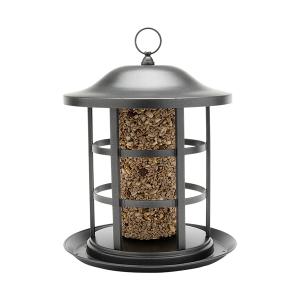

These feeders feature a cage that the cylinders easily slide into, additionally they have a roof to help keep the cylinders dry, and a tray to help catch seed debris.
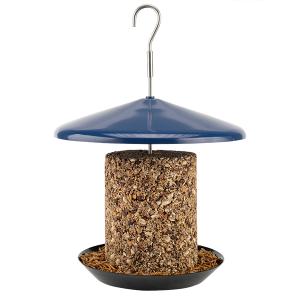
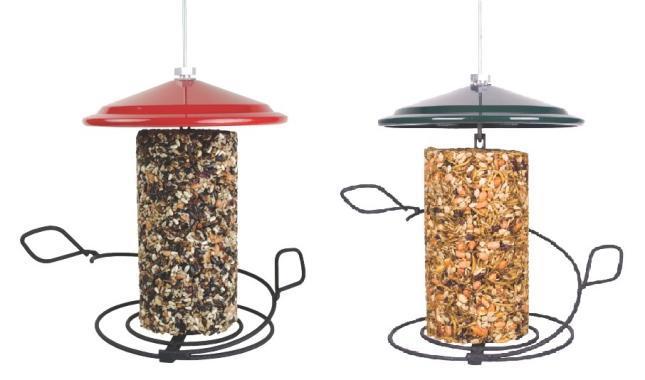

These feeders feature a prong that the cylinders easily slide onto.
Suet


 Simple Wire Cage
Simple Wire Cage
Single Cake Tail Prop
Pileated Double Cake Tail Prop
A tail prop helps birds balance making it easier to feed by mimicking the side of a tree.
Click on the link below for a video.
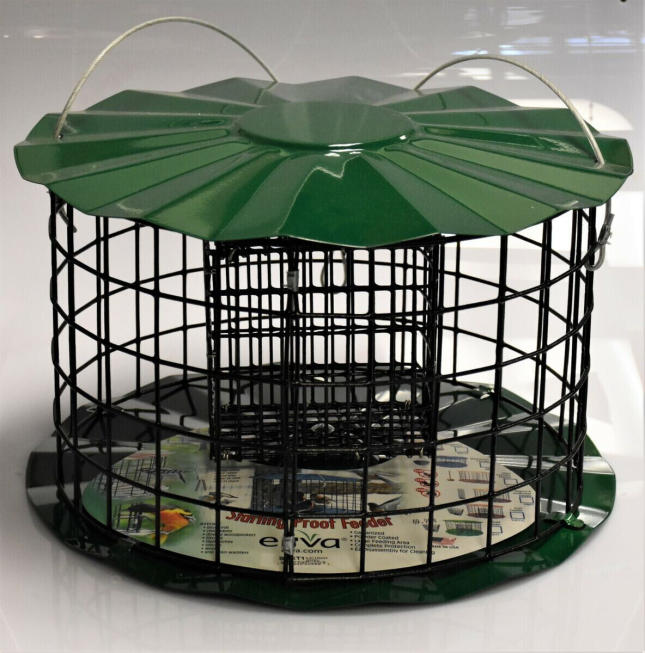
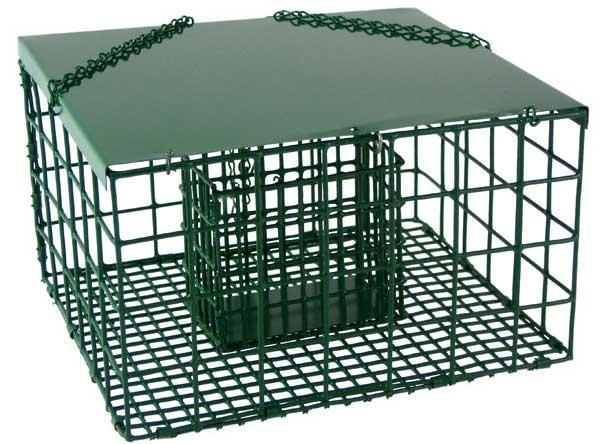 Caged
Caged
Suet Palace Feeder
Erva Caged Suet feeder
These feeders help prevent Squirrels, Starling and other unwanted critters from getting to the suet, but allowing small birds access.
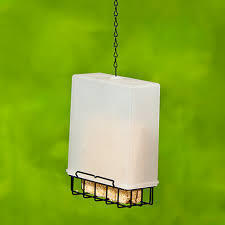 Upside-Down
Upside-Down
An upside down feeder lets our suet eating birds who have no problem hanging upside down feed easily, while keeping ones who don't like that position, like starlings and squirrels, away.
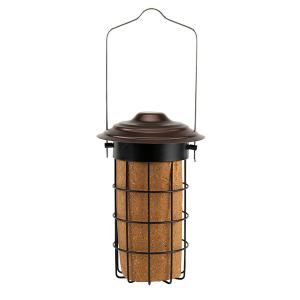
 Suet Cylinder
Suet Cylinder
These feeders are easily filled with a Suet Cylinder.
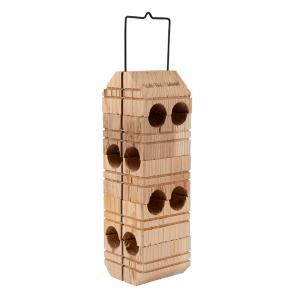
 Log & Plug
Log & Plug
You can also feed suet by using logs! This is a very natural way for birds to feed. Simply fill the holes with Jim's Birdacious Bark Butter or Suet Plugs and watch them go!


